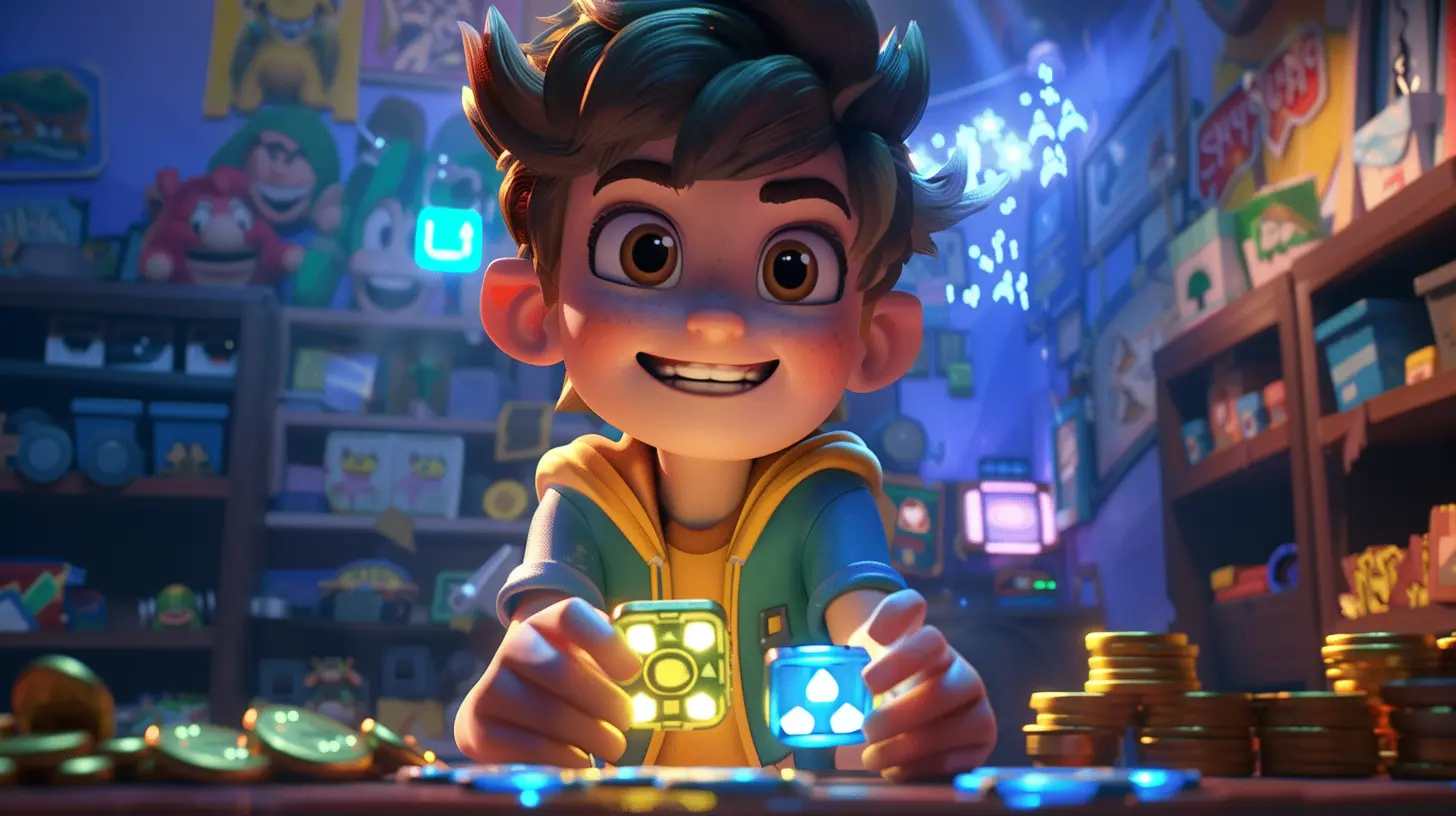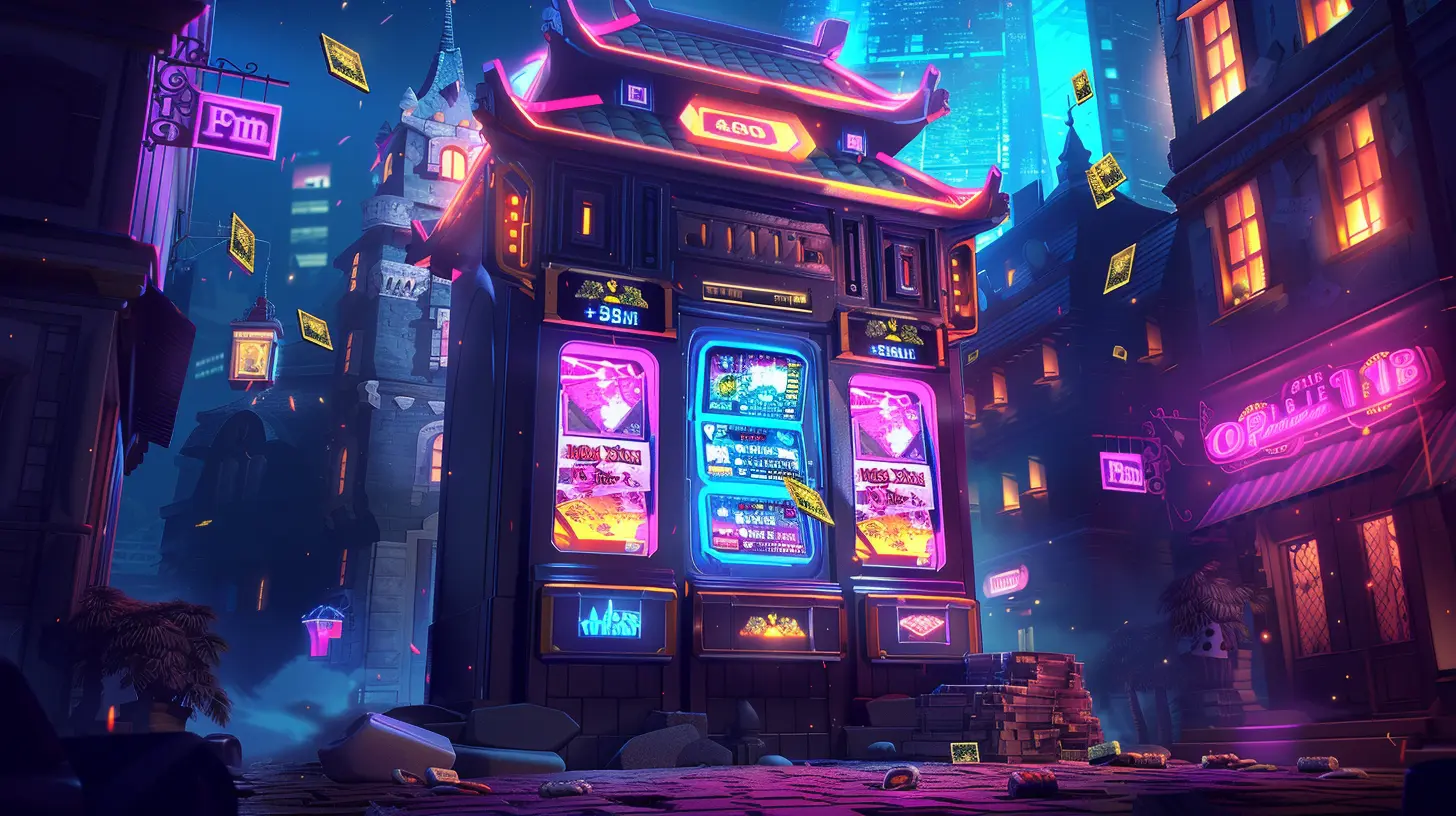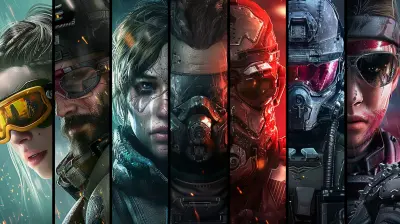How In-Game Purchases Are Shaping the Future of Gaming
18 May 2025
Gaming has come a long way, hasn’t it? From blowing on NES cartridges back in the day (you know you did it) to downloading multi-gigabyte games in minutes, the evolution of gaming has been nothing short of mind-blowing. But one of the biggest game-changers—pun totally intended—has been the rise of in-game purchases. Love them or hate them, they’ve reshaped the gaming landscape, and there’s no going back.
But here’s the thing: in-game purchases aren’t just about microtransactions or cosmetic upgrades anymore. They’re shaping how games are designed, played, and even perceived by the gaming community. If you’ve ever bought a Fortnite skin or mulled over whether to splurge on a battle pass, then yep, you’re part of this seismic shift. Let’s take a closer look at how in-game purchases are influencing the future of gaming, for better or worse.
What Are In-Game Purchases, Anyway?
Let’s break it down. In-game purchases (often referred to as microtransactions) are things you can buy within a game using real-world money. These purchases can range from cosmetics like skins, emotes, and weapon designs, to more functional items like experience boosts, extra lives, and downloadable content (DLC).They’re like the concession stand at a movie theater—you don’t need popcorn to enjoy the film, but splurging on that buttery goodness definitely enhances the experience. Similarly, in gaming, in-game purchases can add extra flair or convenience, but they aren't always "necessary." Well, except when they are… which we’ll get into.
Types of In-Game Purchases
Not all in-game purchases are created equal. They come in different flavors, and each has its own impact on the gaming ecosystem. Here’s a quick look at the main types:1. Cosmetic Purchases
These are where you buy skins, outfits, or weapon designs that make your character look unique. Think of them as the gaming equivalent of designer clothes. They don’t typically affect gameplay, but let’s face it—who doesn’t want to look cool while racking up kills in an online match?2. Pay-to-Win Items
Ah, the controversial one. These are items or upgrades that give players a competitive edge, like more powerful weapons or faster progress. Pay-to-win mechanics often spark debates, with some arguing they create unfair advantages and others claiming it’s just another way to enjoy the game.3. Season Passes and Battle Passes
Games like Fortnite and Call of Duty popularized the concept of passes, where you pay for access to exclusive rewards by completing specific challenges. It’s a clever way to keep players engaged while also encouraging them to spend money.4. Loot Boxes
Think of loot boxes as a Pandora’s box of gaming. You spend money to open a box, but you’re not 100% sure what you’ll get. It’s like a digital slot machine, and it’s one of the most divisive forms of in-game purchases.5. Subscription-Based Content
Games like World of Warcraft and Final Fantasy XIV require monthly subscriptions for full access to their content. These subscriptions often blend in-game purchases with ongoing content updates, keeping players locked in over time.
Why Developers Love In-Game Purchases
Let’s get real for a second. Game development isn’t cheap. Creating AAA titles can cost tens of millions of dollars, and that’s before you even consider marketing budgets. For developers, in-game purchases are a way to offset those massive costs while potentially raking in profits long after a game’s initial release.Here are a few reasons why developers are all-in on in-game purchases:
1. Sustained Revenue Streams
Unlike the old days when developers made money from one-time game sales, in-game purchases create ongoing revenue. It’s like turning a one-time deal into a subscription model, even without an actual subscription.
2. Lower Upfront Costs for Players
Free-to-play games (think Apex Legends or Genshin Impact) thrive on in-game purchases. By eliminating upfront costs, developers can attract a larger audience and monetize through purchases instead of initial sales.
3. Player Retention
Offering new skins, battle passes, or limited-time items keeps players engaged. FOMO (fear of missing out) is real, and developers know how to use it to keep you coming back.
How Players Feel About It
So, how do players feel about being nudged—or sometimes pushed—toward in-game purchases? Honestly, it’s a mixed bag.The Good
For many players, in-game purchases add value. If you’re someone who loves customization, getting a flashy new skin can genuinely enhance your experience. Plus, in many free-to-play games, spending a couple of bucks is a small price to pay for a game you enjoy at no upfront cost.The Bad
On the flip side, there’s definitely some resentment. Gamers often feel manipulated, especially when essential progress is gated behind a paywall. The infamous “pay-to-win” mechanics can ruin multiplayer experiences, where victory feels less about skill and more about who shelled out the most cash.The Ugly
And then there’s the ugly reality of overspending. Let’s be real: the convenience of in-game purchases can sometimes spiral. We’ve all read horror stories of someone accidentally dropping hundreds (or thousands) of dollars on FIFA packs. It’s easy to get carried away.The Psychological Pull: Why We Keep Spending
Ever wonder why it’s so easy to hit that “Buy” button? It’s not an accident—it’s psychology. Game developers use strategies like:- Scarcity and Limited-Time Offers: When something’s only available for a short time, you’re more likely to buy it out of FOMO.
- Small, Incremental Costs: Spending $2 here and $5 there feels way less painful than dropping $60 all at once, but it adds up fast.
- Social Pressure: Seeing friends with a cool skin or powerful items can create peer pressure that nudges you to spend.
These tactics aren’t inherently “evil,” but they do raise ethical questions, especially when it comes to younger players who might not fully grasp the financial impact.
The Benefits: Could In-Game Purchases Be a Good Thing?
Not to sound like an apologist, but in-game purchases aren’t all bad. When handled thoughtfully, they can benefit both players and developers. Here’s how:1. Extending Game Lifecycles
In-game purchases often fund continued updates, expansions, and new content. This keeps games alive and fresh for years, preventing them from becoming stale.
2. Encouraging Innovation
With reliable revenue from purchases, developers have more financial wiggle room to experiment with new mechanics or features. Love or hate Fortnite, you’ve gotta admit Epic Games has done some groundbreaking stuff.
3. Personalized Experiences
Customizable skins, emotes, and items allow you to shape your gaming experience to match your personality. Games are increasingly becoming a form of self-expression.
The Downside: What Are the Risks?
Of course, there’s a flipside. In-game purchases can easily be a slippery slope.- Monetization Over Gameplay
Sometimes, it feels like games are designed to push purchases instead of focusing on fun gameplay. If you’ve ever been bombarded with ads to “upgrade now,” you know the frustration.
- Exploitation of Vulnerable Players
Younger players and those with addictive tendencies are especially at risk. Spending can quickly spiral out of control, leading to buyer’s remorse—or worse, financial strain.
- Regulation Issues
Loot boxes, in particular, have drawn the ire of governments worldwide. Some argue they’re too close to gambling, especially since players often don’t know what they’re paying for.
The Future of In-Game Purchases
So, where’s all this heading? It’s clear that in-game purchases aren’t going anywhere, but how they evolve will depend on a mix of industry innovation and consumer pushback.We’re already seeing trends like:
- Subscription-Based Models: Think Xbox Game Pass or PlayStation Plus, where you pay once for broad access instead of constant small transactions.
- Transparency: Developers are facing growing pressure to make in-game purchasing systems more transparent. Loot boxes, in particular, could see stricter regulations worldwide.
- Play-to-Earn Dynamics: With the rise of blockchain gaming, some games now offer rewards that you can actually sell or trade in real life. It’s a wild concept and one that could shake up the whole in-game economy.
Final Thoughts
In-game purchases are shaping the future of gaming in ways we could’ve never imagined a decade ago. While they come with their share of challenges—yes, I’m looking at you, loot boxes—there’s no denying the opportunities they’ve unlocked for developers and players alike. Whether you’re a fan of extra skins, exclusive DLC, or just hate grinding, there’s something for everyone… as long as you’re willing to pay.But as we look forward, it’s crucial for developers to strike a balance between monetization and player satisfaction. After all, gaming is supposed to be fun—let’s keep it that way, yeah?
all images in this post were generated using AI tools
Category:
In Game PurchasesAuthor:

Lana Johnson
Discussion
rate this article
3 comments
Zanya Burton
In-game purchases undeniably transform gaming experiences, blending engagement with monetization. While they can enhance gameplay, they often lead to concerns over fairness and accessibility. As the industry evolves, balancing profit with player satisfaction will be crucial for a healthy gaming future.
June 7, 2025 at 3:57 AM

Lana Johnson
Thank you for your insightful comment! I completely agree that finding the right balance between monetization and player experience is essential for the future of gaming.
Drew Marks
In-game purchases enhance gaming but challenge fairness.
May 28, 2025 at 3:23 AM

Lana Johnson
Thank you for your insight! It's true that while in-game purchases can improve the gaming experience, they also raise important questions about fairness and accessibility. Balancing these elements will be crucial as the industry evolves.
Elsinore Blevins
Great insights! In-game purchases are truly transformative.
May 20, 2025 at 2:39 PM

Lana Johnson
Thank you! I’m glad you found the insights valuable. In-game purchases indeed play a crucial role in shaping the gaming landscape.



